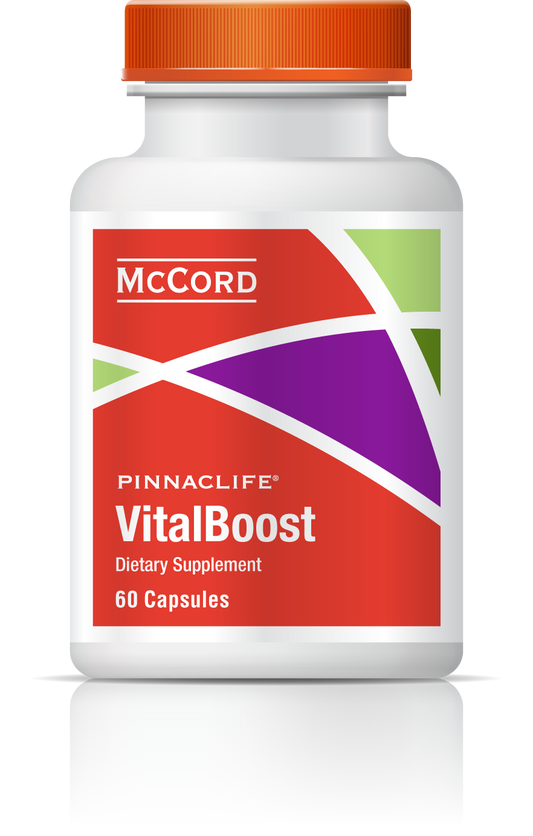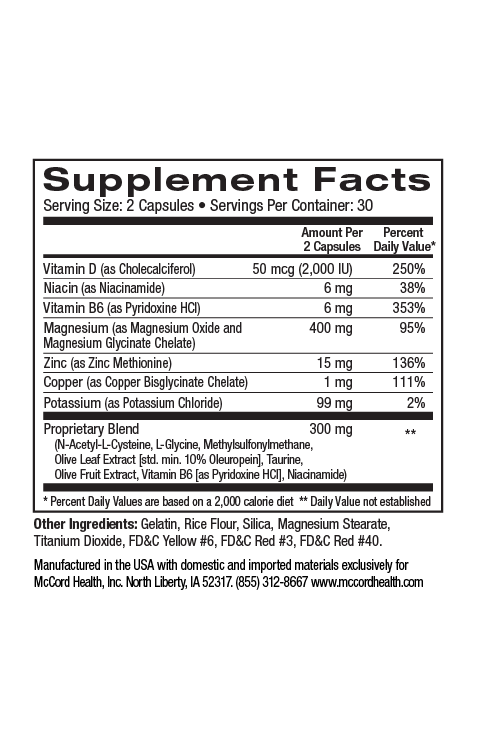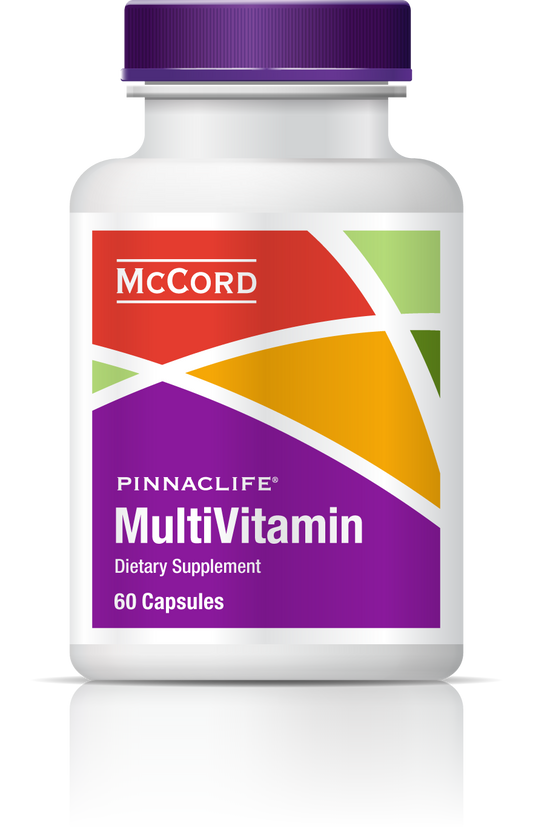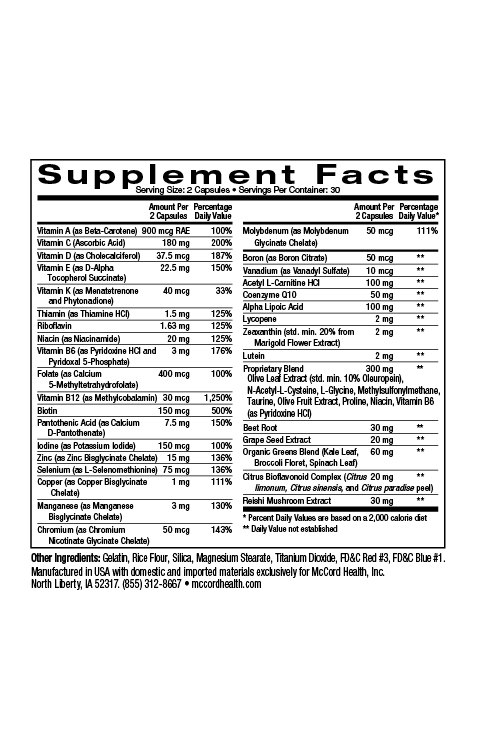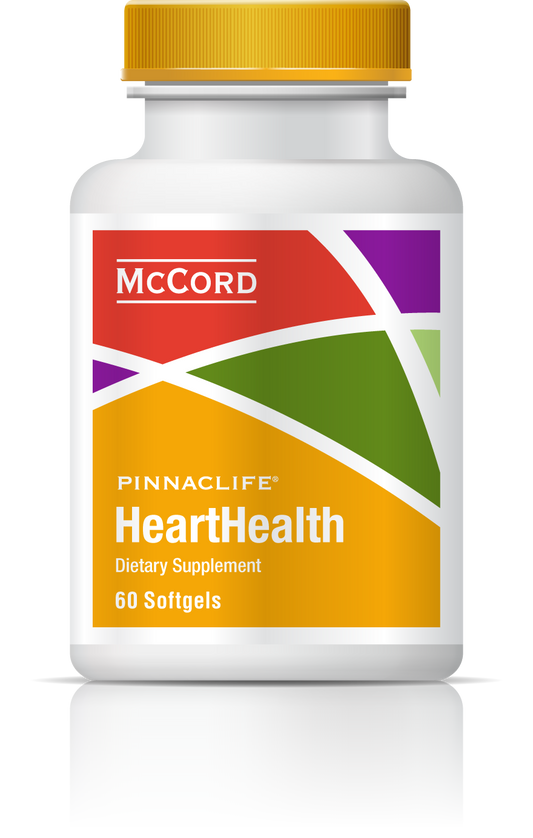Inflammation is related to many health issues including diabetes and Alzheimer’s disease. Inflammation is also linked with depressed moods and increased levels of C-reactive protein (CRP). Importantly, magnesium deficiency has been associated with inflammation and anxiety. Proprietary Blend CalmMind is the remedy that helps maintain healthy levels of inflammation.
- Inflammation is associated with many health conditions and illnesses
- Stress contributes to depression and is linked with inflammation
- Magnesium deficiency is linked with anxiety and inflammation
- Antioxidants like those found in Olivamine have been shown to have anti-depressive effects
Inflammation has been associated with many health conditions and illnesses including arthritis, obesity, diabetes, and Alzheimer’s disease1-4. These interesting connections could lead one to ask whether inflammation is related to depression. In fact, increasing evidence does indicate an important link between inflammation and depression5, but how are the causes and symptoms of depression related to inflammation? According to studies, the primary symptom of depression is a long-term depressed mood accompanied by attention and cognitive impairment6. Amazingly, despite the significant socioeconomic impact of depression, research is just beginning to reveal the causes and processes involved with depression.
Stress Contributes to Inflammation
In fact, evidence suggests that the depression is multifaceted and includes both environmental and genetic components. Stress is one important and widely studied environmental component that is believed to contribute significantly to depression and anxiety, as well as cognitive impairment7,8. Stress has also been linked with inflammation and increasing evidence suggests that inflammation plays a significant role in the actual development of depression. This evidence includes the observation that individuals with depressive symptoms often have increased levels of proinflammatory chemical messengers known as cytokines, as well as increased levels of inflammatory markers including C reactive protein (CRP)9.
Research findings also suggests that magnesium helps decrease depression and anxiety10, and magnesium deficiency has been linked with increased inflammation11. In addition, magnesium has been shown to protect against excitotoxicity (excessive neuronal excitation that leads to cell death)10. CalmMind includes magnesium and Olivamine® ingredients that help maintain a healthy level of inflammation including hydroxytyrosol, oleuropein, MSM, NAC and taurine, as well as curcumin12-17.
The blood brain barrier protects the brain from many harmful compounds and certain immune cells. However, transport of inflammatory mediators to the brain (including cytokines) can interfere with neuronal as well as neuronal support cell functioning. Inflammatory molecules and immune cells can induce neurotoxicity, as well as supporting brain cells effects resulting in decreased BBB, neural synaptic and brain tissue maintenance18. Hydroxytyrosol, NAC, MSM and taurine are capable of passing through the BBB to help protect neurons as well as neuronal support cells19-23.
Damaging effects from inflammation on brain homeostasis can be followed by neurodegeneration and loss of neuroplasticity (tendency for the brain to develop, change, and potentially heal). Behavioral manifestations related to this damage include anorexia, malaise, mood disturbances, depression, and decreased physical activity, collectively known by scientists who study infections and immune responses as sickness behavior due to the fact that it is very similar to behavior manifested during acute infections and subsequent immune activations18.
Depression is Also Related to Increased Levels of Oxidative Stress
Oxidative stress has also been linked with inflammation. Oxidative stress results from the inability of cells to eliminate free radicals known as reactive oxygen species (ROS) using the natural defense system that includes defense enzymes such as superoxide dismutase (SOD)24. ROS have been shown to impair brain function by modulating the activity of neurotransmitter systems involved in the neurobiology of depression. Clinical studies have revealed that depression is associated with increased levels of oxidative stress markers and reduced levels of antioxidants and antioxidant enzymes including glutathione, glutathione peroxidase and SOD25,26.
The potent antioxidants, N-acetyl-L-cysteine (NAC) and hydroxytyrosol found in Proprietary Blend that are known to cross the BBB, have been shown to upregulate manganese SOD (MnSOD)27,28. In addition, oleuropein was able to induce MnSOD activity, in a model where MnSOD was deactivated29. In another important study, hydroxytyrosol increased levels of glutathione and inhibited oxidative stress, which was shown to be neuroprotective30. Moreover, NAC has been used to restore levels of glutathione, the predominant non-enzymatic free radical scavenger in the brain.
In a model of depression, chronic administration of NAC increased SOD activity and induced antidepressant behavior. Evidence from clinical trials has also provided support for the use of NAC in patients31. Another powerful antioxidant found in Proprietary Blend, taurine, conveys an anti-depressant like effect in the central nervous system32. Along with taurine, hydroxytyrosol, oleuropein and NAC are other antioxidants in Proprietary Blend that have the ability to counteract oxidative stress33-35.
CalmMind includes Proprietary Blend to help maintain healthy levels of inflammation and decrease oxidative stress. In addition, magnesium found in CalmMind also helps maintain healthy levels of inflammation and has a gentle, calming effect. Moreover, curcumin included in CalmMind helps maintain a healthy level of inflammation. CalmMind includes impeccably sourced ingredients that have undergone rigorous scientific review to prove that they renew, restore and repair cells.
References
- Curr Opin Rheumatol 2015; 27: 249-255.
- Curr Opin Rheumatol 2015; 27: 289-294.
- Mol Cells 2014; 37: 441-448.
- Free Radic Biol Med 2010; 49: 1603-1616.
- Neurotox Res 2013; 23: 131-144.
- Prog Neuropsychopharmacol Biol Psychiatry 2012; 39: 280-287.
- Front Sci 2015; 8: 1-17.
- Prog Neuropsychopharmacol Biol Psychiatry 2014; 49: 21-29.
- J Psychiatr Res 2015; 63: 65-74.
- Nutrients 2018; 10:730: 1-23.
- J Inflamm Res 2018; 11: 25-34.
- Planta Med 2011; 77: 1890-1897.
- Int J Mol Sci 2014; 15: 18508-18524.
- Biochem Biophys Res Comm 2104; 466: 1225-1230.
- Biol Pharm Bull 2009; 32: 651-656.
- Amino Acids 1996; 10: 59-71.
- Foods 2017; 6(10):92: 1-11.
- Front Cell Neurosci 2015; 9: 1-20.
- Adv Exp Med Biol 2013; 175: 19-27.
- Neurochem Res 2014; ……..
- J Biomed Sci 2017; 24: 71: 1-15.
- J Prev Alzheimers Dis 2017; 4(3): 201-206.
- Nutrients 2017; 9: 290: 1-21.
- Curr Neuropharmacol 2009; 7: 65-74.
- Pharmacol Rep 2013; 65: 1558-1571.
- J Clin Diagnostic Res 2014; 8: 4-7.
- Cancer Res 2007; 67: 6392-6399.
- Age 2012; 34: 95-109.
- J Biol Regul Homeost Agents 2014; 28: 105-116.
- Prog Neuropychopharmacol Biol Psychiatry 2014; 49: 21-29.
- J Nutr Biochem 2013; 24: 2152-2157.
- Adv Exp Med Biol 2013; 775: 29-43.
- J Agric Food Chem 2011; 59: 4473-4482.
- Sci Pharm 2010; 78: 133-154.
- Life Sci 2015; 121: 110-116.
- Amino Acids 2004; 26: 203-207.

